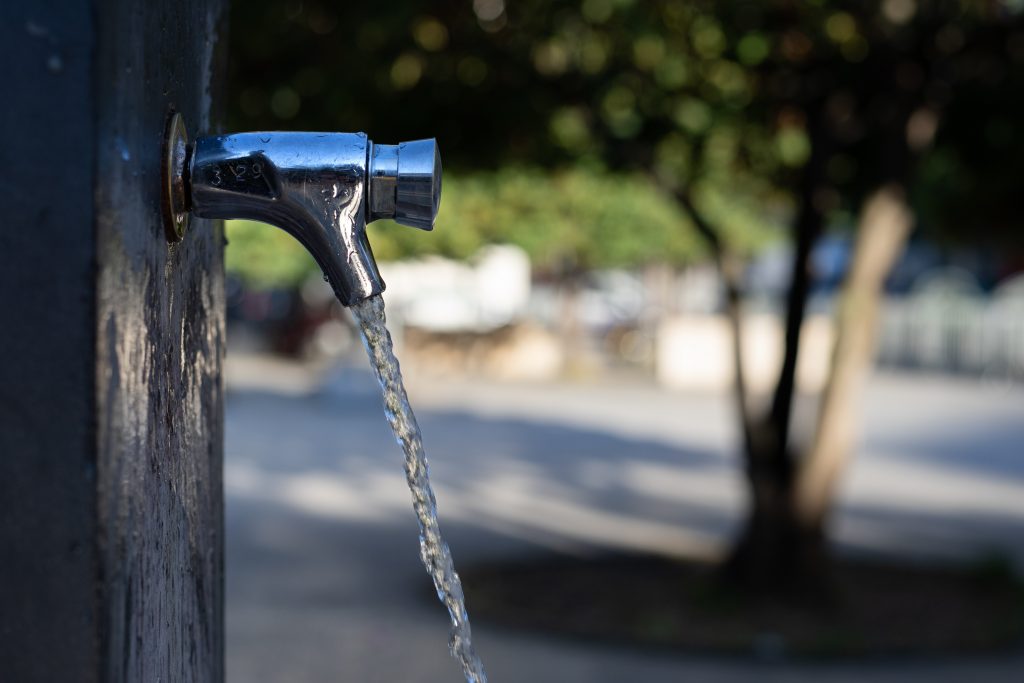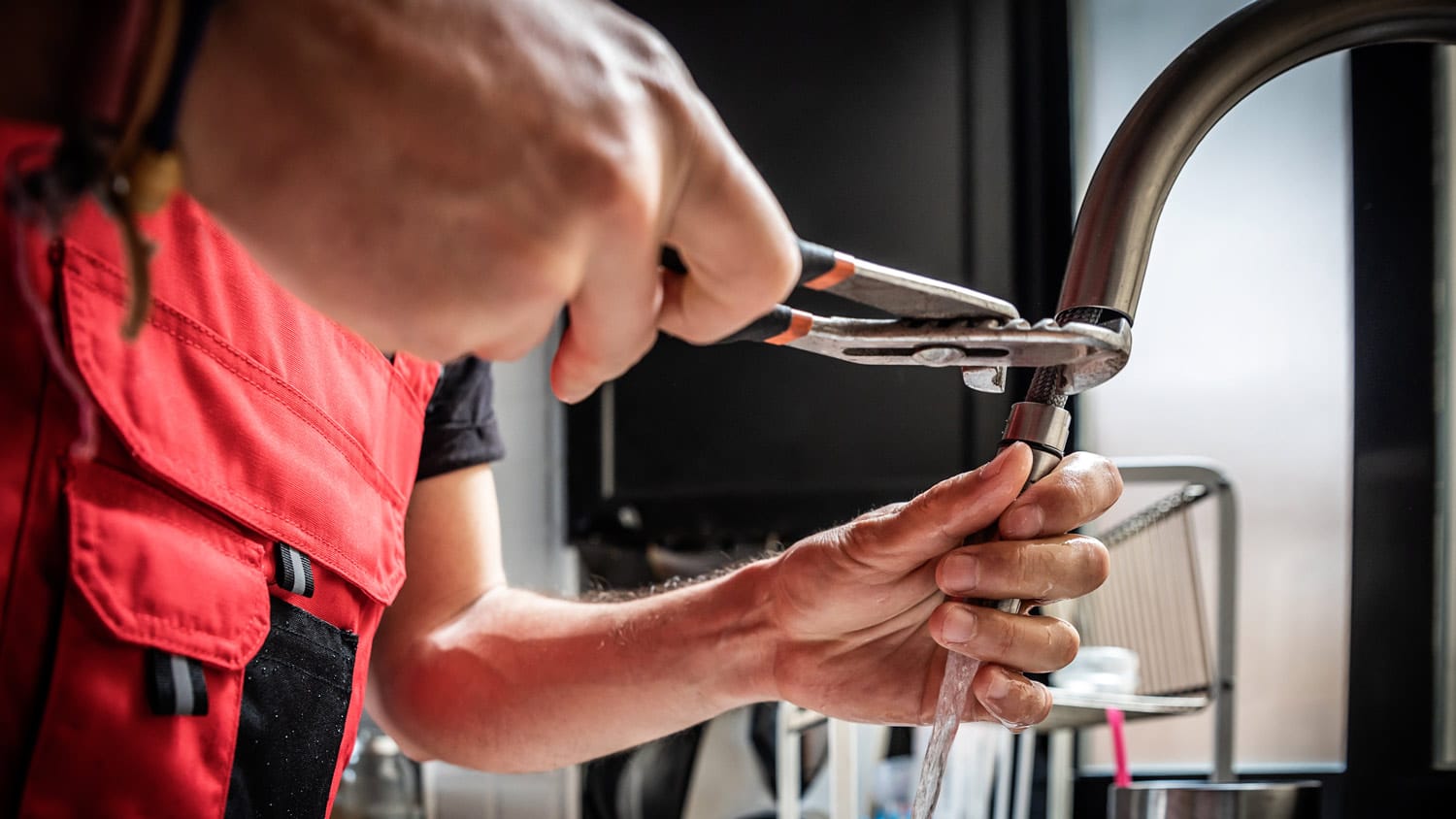An Consequences of Encountering a Damaged Faucet
An Consequences of Encountering a Damaged Faucet
Blog Article
Just about every person may have their own perception about Here's How to Fix a Leaky Faucet.

Intro
A leaking tap might feel like a minor aggravation, however its consequences prolong much beyond the periodic drip. Recognizing the impacts of a leaky tap is essential for both property owners and the environment. In this post, we'll discover the different impacts of this typical house problem and why resolving it immediately is important.
Causes of Leaky Faucets
Leaky faucets can arise from a variety of elements, including deterioration, high water pressure, and deterioration. With time, the continuous use of faucets can bring about worn-out seals and gaskets, creating leaks to create. Additionally, extreme water stress can put stress on plumbing components, leading to leakages. Deterioration and rust can likewise deteriorate tap components, making them prone to leakage.
Water Wastefulness
Among one of the most significant repercussions of a leaking tap is water waste. Also a tiny drip can amount to gallons of wasted water in time. This not only drives up water costs but also contributes to water deficiency and environmental deterioration. Resolving leaky faucets quickly is essential for saving this valuable source and decreasing its influence on the planet.
Financial Effect
In addition to wasting water, leaky faucets can also have a significant financial impact. Increased water bills are a direct consequence of water wastage, setting you back house owners numerous bucks yearly. Additionally, the expense of repairing water damage caused by leakages can be significant, particularly if left ignored for an extended period.
Ecological Influence
The ecological impact of leaky faucets extends beyond water wastefulness. By saving water, house owners can contribute to broader initiatives to alleviate water shortage and protect all-natural ecological communities. Lasting alternatives such as rain harvesting and water-efficient components can even more reduce the ecological footprint of household water use.
Technological Solutions
Advancements in modern technology have led to the growth of wise faucets and water-saving tools that assist minimize water wastefulness. Smart faucets make use of sensors to spot activity and change water circulation accordingly, lowering waste without compromising convenience. Water-saving gadgets such as aerators and low-flow showerheads are also efficient in conserving water without jeopardizing performance.
International Perspectives
While dripping faucets might seem like a local issue, they contribute to broader worldwide difficulties such as water deficiency and climate adjustment. In regions currently facing water anxiety, every decline counts, making leak avoidance and repair necessary. By adopting water-saving methods and buying sustainable innovations, homeowners can play their part in resolving these pushing global issues.
Regulative Measures
Government guidelines play a crucial function in minimizing the impact of leaking taps and advertising water preservation. From building codes that need water-efficient components to water-saving motivations and discounts, policymakers have a range of tools at their disposal. By implementing and imposing these laws, federal governments can ensure that property owners prioritize water preservation in their day-to-days live.
Area Impact
Dealing with leaking faucets needs cumulative initiatives at the neighborhood degree. By increasing recognition concerning the significance of water conservation and supplying sources for leakage detection and repair service, regional authorities can equip house owners to do something about it. Campaigns such as water-saving discount programs and leakage discovery campaigns can incentivize habits change and promote responsible water usage.
Case Studies
Real-life examples of the impact of leaky faucets emphasize the relevance of aggressive upkeep and prompt repair services. From water damage to skyrocketing water bills, the consequences of overlooking leakages can be serious. By sharing these case studies, property owners can better recognize the value of addressing dripping faucets without delay.
Educational Campaigns
Educational campaigns play a crucial function in increasing understanding about the results of leaking taps and advertising water conservation practices. Via workshops, workshops, and online sources, property owners can learn just how to identify and repair leaks themselves. By encouraging individuals with knowledge and devices, educational projects can promote a culture of liable water usage within areas.
Health and wellness Issues
Dripping faucets can create conducive settings for mold and mold growth, posing health and wellness risks to owners. The existence of mold and mildew can intensify respiratory system problems and allergic reactions, especially in at risk individuals. In addition, water damage arising from leaks can jeopardize the structural honesty of buildings and bring about costly fixings.
DIY vs. Expert Fixing
When faced with a dripping faucet, property owners usually discuss whether to try repairs themselves or employ a specialist plumber. While DIY repair work can conserve cash, they may not constantly resolve the underlying problem successfully. Specialist plumbings have the experience and equipment to diagnose and take care of leakages appropriately, guaranteeing long-lasting options and satisfaction for homeowners.
Preventive Measures
Stopping dripping taps requires normal upkeep and aggressive measures. Easy tasks such as replacing worn-out washing machines and seals can stop leakages from creating. In addition, updating to high-quality fixtures and reducing water pressure can help prolong the lifespan of faucets and minimize the risk of leakages.
Final thought
To conclude, the impacts of a leaking faucet prolong far beyond the occasional drip. From water wastage and increased water costs to wellness problems and ecological influence, the repercussions of neglecting leaks can be significant. By dealing with leaky taps immediately and embracing water-saving practices, homeowners can mitigate these results and add to a much more sustainable future.
Why You Shouldn’t Ignore a Leaky Faucet in Your Home
What Causes a Leaky Faucet?
Various factors can cause a leak, from loose and worn-out parts to corrosion. Your faucet has four essential components from which most plumbing issues will stem: the O-ring, the valve seat, the washer and the gasket.
What Is an O-Ring?
The O-ring is a stem screw that fastens parts of the faucet in place, preventing water from leaking out of the spout. Depending on your faucet type, the stem might have multiple O-rings. Water will drip from the faucet’s handles and base if this part breaks or deteriorates.
What Is a Valve Seat?
The valve seat controls the flow and temperature of the water. Found at the base of the handle, it works as a seal for the faucet’s stem. The valve seat ensures the water is allowed to flow or is blocked as the handles dictate. You’ll know it’s malfunctioning when water leaks from your faucet’s sides.
What Is a Gasket?
The gasket is found between the water inlet and the valve stem. It creates a seal between the faucet and the sink, holding its joints by aerators attached to the stem’s head. Water will trickle out from the base if the gasket isn’t working.
What Is a Washer?
The washer secures the handles and prevents leakage, serving a similar purpose to the O-ring. While the O-ring is ordinarily round and made from an elastic material, such as rubber, the washer is square-shaped and composed of brass, copper and other hard metals. If it malfunctions, corrodes or has been improperly installed, water will leak out of the handles, causing that incessant faucet drip.
Why Is a Leaky Faucet Dangerous?
A leaky faucet left alone for too long can have significant consequences.
Pest Infestations
Since bugs and rodents gravitate towards the scent of water, a leaky faucet will draw pests to your sink. Both are looking for leaks accessible through crawl spaces, which a faucet provides. If you leave water dripping for too long, you run the risk of an infestation.
Rust
If one of the faucet parts has started to corrode, the resulting rust can spread to your pipes and valves with startling speed. The rust might even lead to cracks or other impairments, resulting in more severe plumbing issues.
Your sink could also sustain damage from a leaky faucet. The water in your tap possesses sparse elements of calcium and iron that can stain your sink with repeated and prolonged exposure. Once those elements in the water have been open to the air for some time, your sink will start to rust, creating marks that can be difficult to remove.
https://www.tomsmechanical.com/blog/why-you-shouldnt-ignore-a-leaky-faucet-in-your-home

As a reader about Health Risks Posed by Leaking Faucets, I assumed sharing that topic was sensible. Are you aware of anybody else who is involved in The Environmental Impact of Leaky Faucets? Be sure promote it. Thank you for going through it.
Report this page